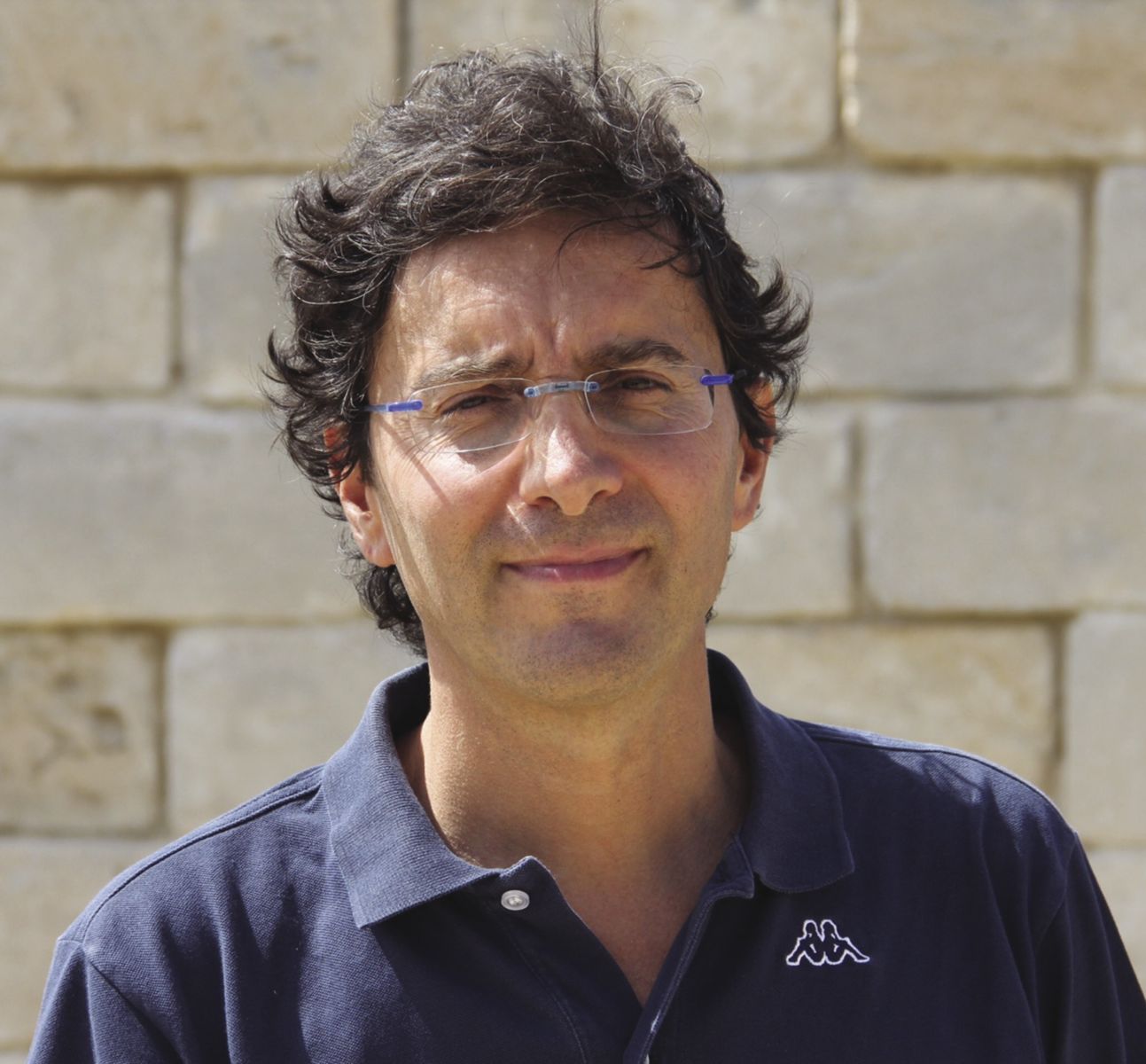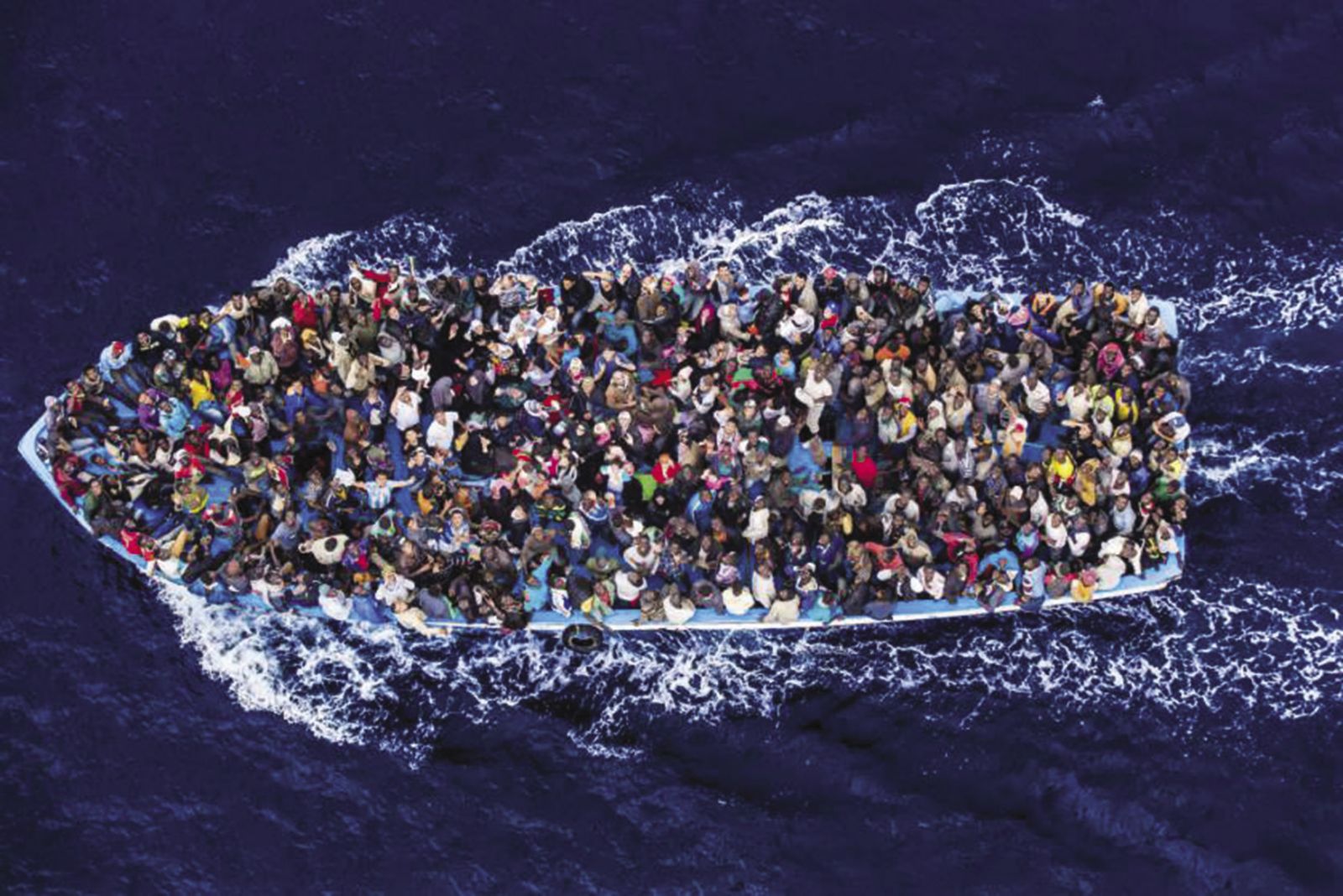Migrants landing on the Italian Coast to flee their countries plagued by war and poverty is now a part of everyday life. The rise in human mobility is, however, a direct consequence of population growth worldwide, increasing proportionally. It is estimated today that among the more than 33 million foreigners living in the European Union, as much as 14% live in Italy. As far as the geographical areas are concerned, we know that these immigrants come mostly from Eastern Europe and North Africa, and to a lesser extent Asia and America (especially South America).
In 2012, the most represented among non-EU immigrants were Albanians, Moroccans, Chinese and Ukrainians. According to ISTAT data relating to the national population balance, on January 1, 2013, 4,370,317 foreigners lived in Italy which represents 7.4% of the total population.

These waves of people can also contribute to the spread of diseases. To obtain more information about the potential risks or health consequences, we interviewed Dr. Gian Luca Laffi, ophthalmologist and President of AMOA (Association of Ophthalmologists for Africa).
Dr. Laffi, what is your evaluation of the health status of the migrant population in Italia?
“We estimate that most people who reach Italy are basically in good health. Those who decide to come are generally healthy, otherwise it would be difficult to embark on such a risky and challenging journey. It is a little different when one is forced to leave as a result of the war in their country in which case the possibility of these people having diseases is indeed higher.”
Is it not possible then for diseases that are for the Western world a distant memory to reoccur?
“In reality, it seems that immigrants are more at risk to contract our diseases than the contrary. A rise of tuberculosis was reported even though it seems that there is no real risk the disease might spread. In regards to polio, there is actually a risk of importing the viruses from three still endemic countries: Nigeria, Pakistan, Afghanistan or those of recent reintroduction such as Somalia and Syria, although it is more a fear than a real problem. As far as Ebola is concerned, it is now no longer a situation of emergency, the risk is very low. Once they arrive in our country, immigrants may gradually realize that their health condition has worsened because they are exposed to numerous risk factors linked to generally precarious life conditions.”
Does the increase of multi-ethnicity pose problems for Italian ophthalmologists who have to change their approach?
“Yes, for example, a disease like glaucoma has a much higher prevalence among Blacks (8%) compared to white people (2.5-3%), with an earlier onset of about 10 years than for Italians and a more aggressive progression. The response to medical and surgical treatment varies and as a result the incidence of blindness especially if they are not subjected to appropriate care. In the case of angle-closure glaucoma, in Italy we are used to an incidence of 0.6%, but among Chinese, Vietnamese, Filipino, Indian and Arab immigrants, the incidence is much higher.”
How does the cultural diversity affect the doctor-patient relationship?
“Factors such as different cultural backgrounds, language levels, religion, and differences in health, disease and care patterns are some of the main barriers to the access of healthcare by immigrants. In the absence of any problems or symptoms, they go to the doctor much less often than Italians. About 14% of them have difficulty explaining in Italian their troubles to the doctor or understanding what the doctor says. This is particularly true for adults and the elderly, especially women and those with little education. Chinese, Indian, Filipino and Moroccan communities are those with which the doctor-patient relationship is most difficult.”




.png)